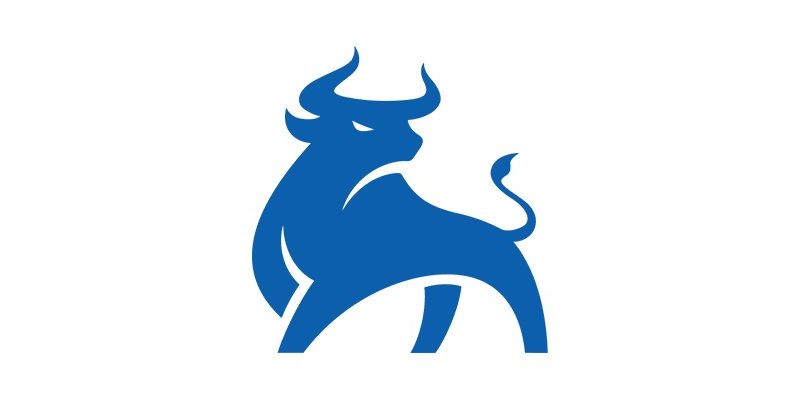Trading is a game of patience, and while the trader waits, their psychology takes over. The decisions that a trader makes after they have initiated a trade can either enhance or diminish the predefined probability of an option. While there is no catch-all trading strategy that predictably works for everyone in the same way, Options Academy offers a unique way to help options traders address this issue.
This simplified approach to option trading divides a trader’s approach into one of three different trading styles labeled with the names of influential variables in the option world: theta, gamma and delta. Each of these styles is focused on a different anticipated win percentage, with a tradeoff of the size of anticipated gains. Although highly experienced traders make use of all three trading styles, beginning traders do well to choose one of the styles that best suits them. Here is a closer look at Delta style trading.
Delta style trading is the options style that carefully balances risk and reward to have a better than even chance of winning. Traders of this style are detail oriented and are great at research and controlling risk. Delta style traders are meticulous and analytical. Delta style traders care less about the size of their winning trades than they do about just winning the trades.
What is Delta?
“Delta” is one of the four primary “Greeks” that traders use to describe and analyze various risks to an options trade at any specific point in time. Delta measures the sensitivity of an option‘s price to movement in the underlying stock. Put another way, delta is the amount an options price is expected to move based on a $1 change in the underlying security.
Delta is also commonly used for determining the likelihood of an option being in the money at expiration. For example, if an out-of-the-money call option has a delta of 0.30, it’s said to have a roughly 30% chance of expiring in the money. By looking at delta this way, it gives the trader a good understanding of the likelihood of the option having value at expiration, if they choose to hold it that long.
What does this mean in relation to the Delta Trading style?
With an understanding of the relationship between delta value and the likelihood of an option being in the money at expiration, Delta style traders are more effectively able to balance their risk to reward tolerance. This strategy effectively “swing trades” options – taking calculated risk at support or resistance levels to exploit the natural swings of underlying stocks.
Traders who specialize in Delta-style option trading may employ either buying or selling strategies, and will typically rely on shorter timeframes for their intended outcomes. If they can win trades the majority of the time, they will likely trade profitably over time. For these traders the time frame is not as important as merely winning the trade.
This style aims for a win rate of 45% to 65%. Since there is a calculated balance between risk and reward, Delta style traders expect a higher win rate than Gamma style traders and a lower win rate than Theta style traders. Same for profitability – Delta style trading falls somewhere between the Gamma and Theta styles. If Theta style trading was considered “Win Frequent”, and Gamma style trading was considered “Win More”, then Delta style trading would be considered “Just Win”.
There are many ways to “Just Win”, but for the most part, Delta style traders focus on these strategies:
- Calls and Puts
- Debit Spreads
- Bull call / Bear put spreads
- Calendar and Diagonal spreads
We’ll go further in depth with each of these strategies later. The important thing to remember is that Delta style traders take calculated risks and utilize whatever options strategies necessary to “just win”.


